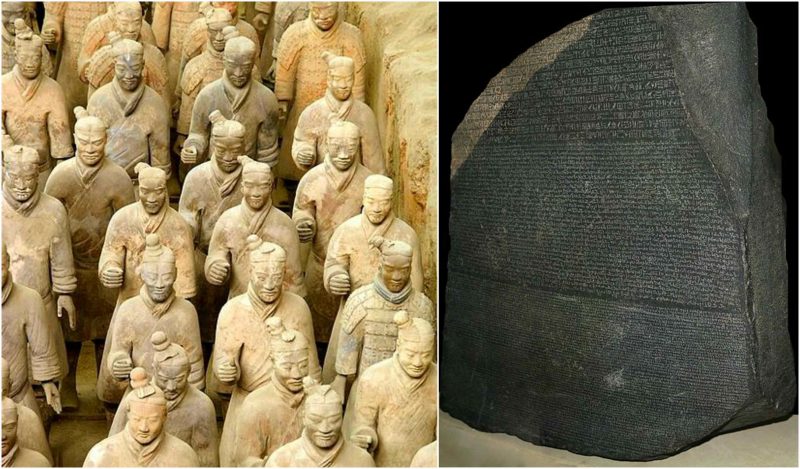Some believe that Howard carter’s first sight on Tutankhamun’s golden tomb is a moment of discovery in humanity that can be compared with nothing else. And even if it is partly true, we still keep digging in the ground and in the space to repeat that moment and discover the past or the future.
However, the moment of ‘discovering’ is individual and incomparable with nothing else, especially when someone discovers something worth for all humanity. This is especially true when someone accidentally discovers a great treasure that has been sought after centuries.
Below, get the stories behind six chance encounters that led to the discovery of priceless historical relics.
Lascaux Cave
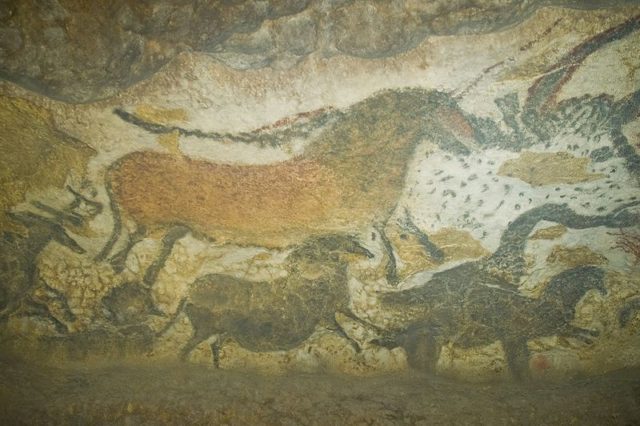
On September 12, 1940, the entrance to Lascaux Cave was discovered by the teenagers Marcel Ravidat, Jacques Marsal, Georges Agnel, and Simon Coencas.
They were roaming the forests near Montignac when their dog Robot began sniffing around a mysterious hole in the ground. As the boys pulled Robot to safety, they discovered that the hole seemed bottomless.
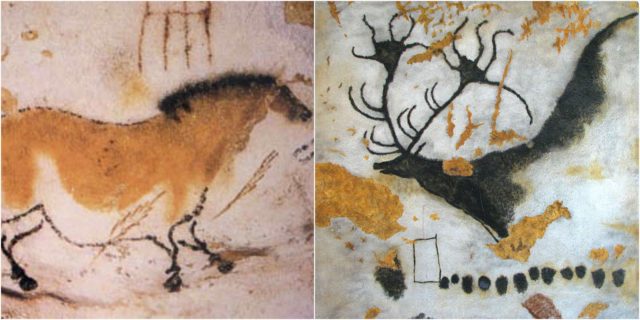
Marcel Ravidat and his friends were certain that they had found an entrance to the treasure-filled tunnel. Ravidat first tried to explore the site himself, but without a light, he didn’t get far. On September 13, he and his friends returned, this time, prepared with a homemade lantern.
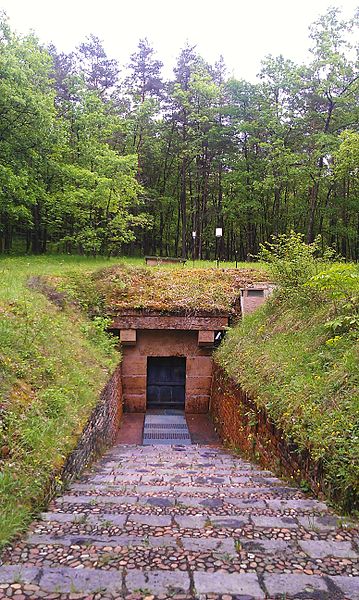
Their eyes feasted on one of the most spectacular cultural artifacts remaining from deeply prehistoric times. Dozens of colorful images of animals careened along the walls and overhead. Over the next several days the teenagers explored further and reported back to their teacher. The teacher contacted legendary local cave art specialist the abbe Henri Breuil, who made extensive documentation of the images, and soon visitors from near and far were flocking to see these ancient pictures.
The Xian Terracotta Army
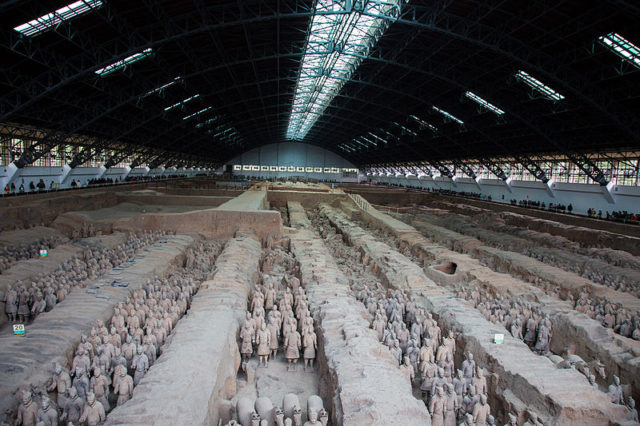
The chamber containing the Terracotta Army was discovered in 1974 by a group of farmers attempting to dig a well near the ancient capital city of Chang’an in what is today the Shaanxi Province, near the modern city of Xi’an. The diggers notified Chinese authorities, who dispatched government archaeologists to the site.
They found not one, but thousands of clay soldiers, each with unique facial expressions and positioned according to rank. And though largely gray today, patches of paint hint at once brightly colored clothes. Further excavations have revealed swords, arrow tips, and other weapons, many in pristine condition.
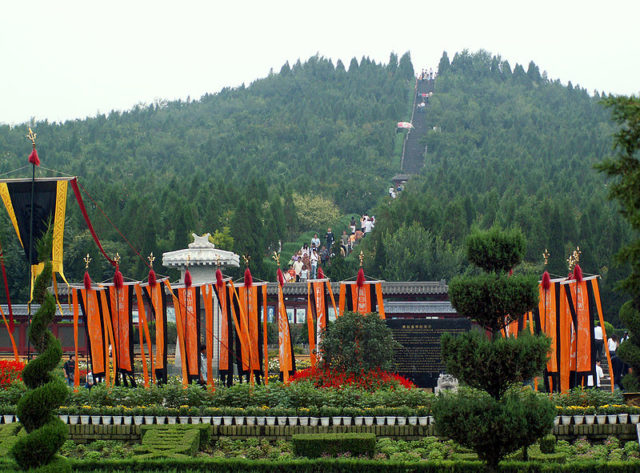
The 8,000 life-sized terracotta soldiers, horses, and chariots were constructed to guard the tomb of the First Emperor of China, Qin Shi Huang di, who lived over 2200 years ago. He became famous for unifying the warring states into what is now China, and for becoming the country’s first emperor. He is remembered for building of the Great Wall of China, and for his fanatical fear of death and an obsessive quest for the secret of immortality. He allegedly died of mercury poisoning, caused by eating pills containing the toxic metal which he believed, ironically, would make him live longer.
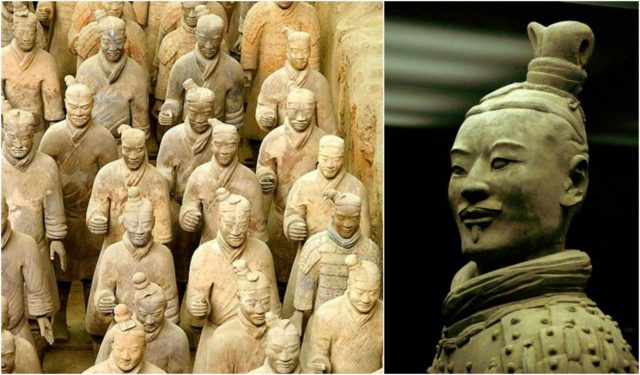
The terracotta warriors are unique. Not only are they life-size and individually modeled in clay, but the detail of the figures is astounding. There has been a worldwide fascination in the discovery of the Terracotta Army and it is now regarded as the 8th Wonder of the Ancient World.
The Venus de Milo
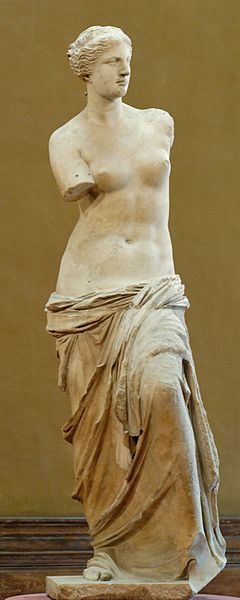
Before it became one of the world’s most beloved sculptures, the Venus de Milo spent several centuries buried on the Greek island of Melos. The armless statue was only recovered in 1820 when a peasant named Yorgos Kentrotas accidentally discovered its top half while trying to salvage marble building blocks from a pile of ancient ruins. The find immediately caught the attention of Olivier Voutier, a French naval officer who happened to be digging for antiquities nearby.
Upon investigating, Voutier learned the farmer had located the top half of a statue of a woman. Recognizing the statue of Venus as potentially significant, the Frenchman, with the farmer’s help, unearthed its lower half not far away. Voutier told his superiors about the discovery and the French acquired the artwork, which came to be known as the Venus de Milo, for a relatively modest sum. It arrived in France in 1821 and was presented to Louis XVIII, who donated it to the Louvre Museum, where it remains today.
Art historians have since speculated that the Venus is meant to represent the Greek goddess Aphrodite, yet to this day they remain uncertain about what it may have once held in its missing arms.
Derinkuyu Underground City
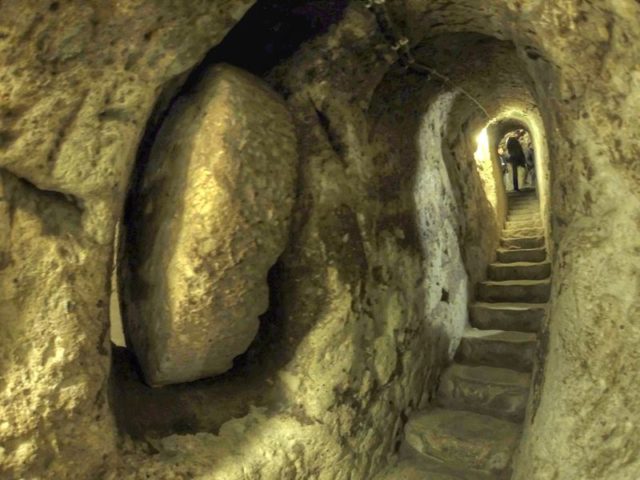
The Derinkuyu underground city is located in the same named town Derinkuyu, in Turkey. There are about 600 outside doors to the city, hidden in the courtyards of surface dwellings. The underground city is approximately 85m deep. It contains all the usual rooms found in an underground city (stables, cellars, storage rooms, refectories, churches, wineries etc.)
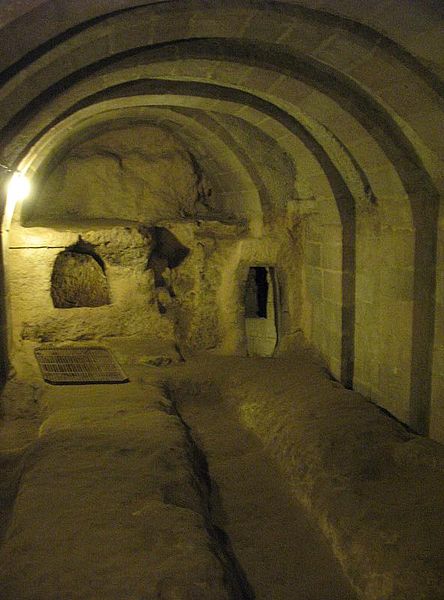
Caves may have been built initially in the soft volcanic rock of the Cappadocia region by the Phrygians, an Indo-European people, in the 8th–7th centuries B.C., according to the Turkish Department of Culture. The city at Derinkuyu was fully formed in the Byzantine era, when it was heavily used as protection from Muslim Arabs during the Arab – Byzantine wars (780-1180).
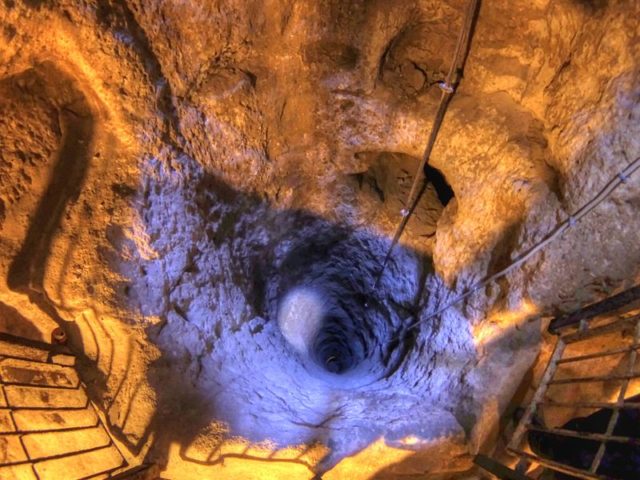
Amazingly, the site was only discovered as recently as 1963, when a local man knocked down a wall while renovating his home and uncovered a passageway leading to a vast network of stone tunnels and chambers. Experts are still unsure who built Derinkuyu or when.
The Rosetta Stone
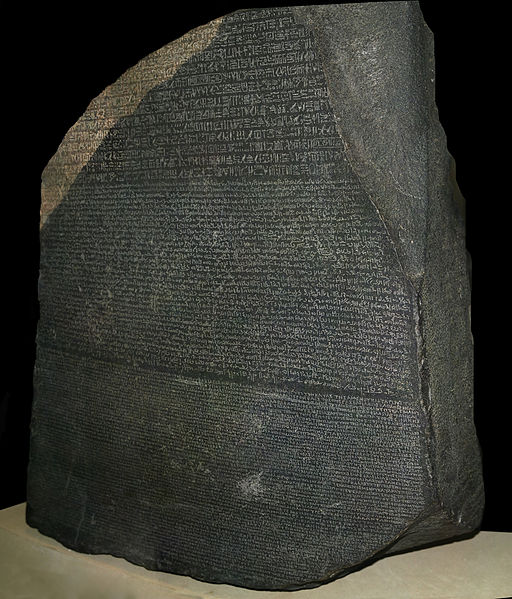
When he launched his doomed Egyptian campaign in the late 18th century, Napoleon Bonaparte brought along a special unit of scientists and historians tasked with collecting relics and studying the country’s history. This so-called “Institute of Egypt” proved particularly useful in 1799, when soldiers led by Pierre-Francois Bouchard stumbled upon a large basalt slab while knocking down ancient walls to make improvements to a French fort near the town of Rosetta. Captain Bouchard immediately realized its importance to the scholars who had accompanied the French army to Egypt. In fact, the Rosetta Stone is probably the most important archaeological artifact in the world today.
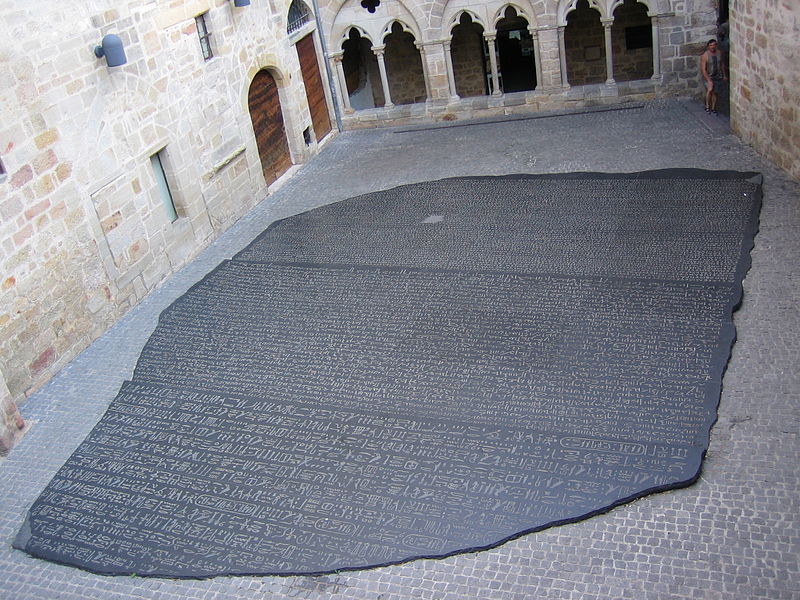
The irregularly shaped stone contained fragments of passages written in three different scripts: Greek, Egyptian hieroglyphics, and Egyptian demotic. The ancient Greek on the Rosetta Stone told archaeologists that it was inscribed by priests honoring the king of Egypt, Ptolemy V, in the second century B.C.
Because it presents essentially the same text in all three scripts (with some minor differences among them), the stone provided the key to the modern understanding of Egyptian hieroglyphics.
Without the Rosetta stone, we would know almost nothing of the ancient Egyptians.
The Dead Sea Scrolls
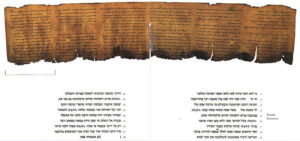
The Dead Sea Scrolls, in the narrow sense of Qumran Caves Scrolls, are a collection of some 981 different texts discovered between 1946 and 1956 in eleven caves in the immediate vicinity of the ancient settlement at Khirbet Qumran in the West Bank. The texts are of great historical, religious, and linguistic significance because they include the third oldest known surviving manuscripts of works later included in the Hebrew Bible canon, along with deuterocanonical and extra-biblical manuscripts which preserve evidence of the diversity of religious thought in late Second Temple Judaism.
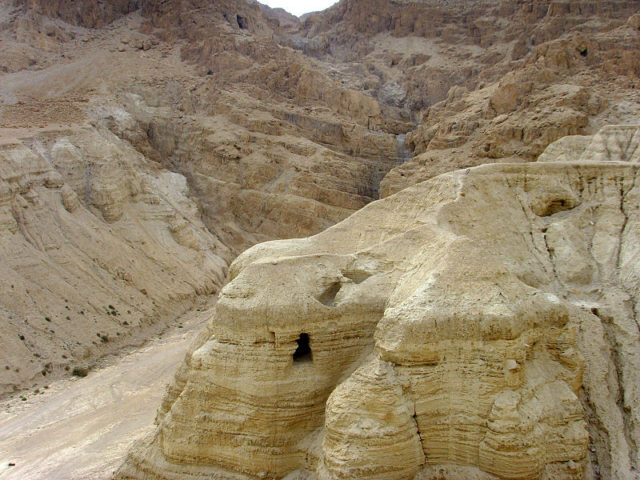

However, they might never have been found if not for a group of Arab teenagers. In 1947, a band of young Bedouin goat and sheep herders were tending their flock near the ancient city of Jericho. While looking for a lost goat, one of the boys tossed a stone into a nearby cave and was shocked to hear what sounded like a shattering clay pot. When he went in the cave to investigate, he found several jars containing a collection of ancient papyrus scrolls. Tiny scraps of the scrolls would later sell for millions, but the Bedouins were unaware of their value and sold the entire lot to a Bethlehem antiquities dealer for less than $50. Scholars eventually confirmed the texts’ importance, sparking a frenzy of relic hunting that led to the recovery of several thousand other bits of papyrus from nearby caves. Taken together, these artifacts are now considered to be among the most significant archaeological discoveries of the 20th century.
